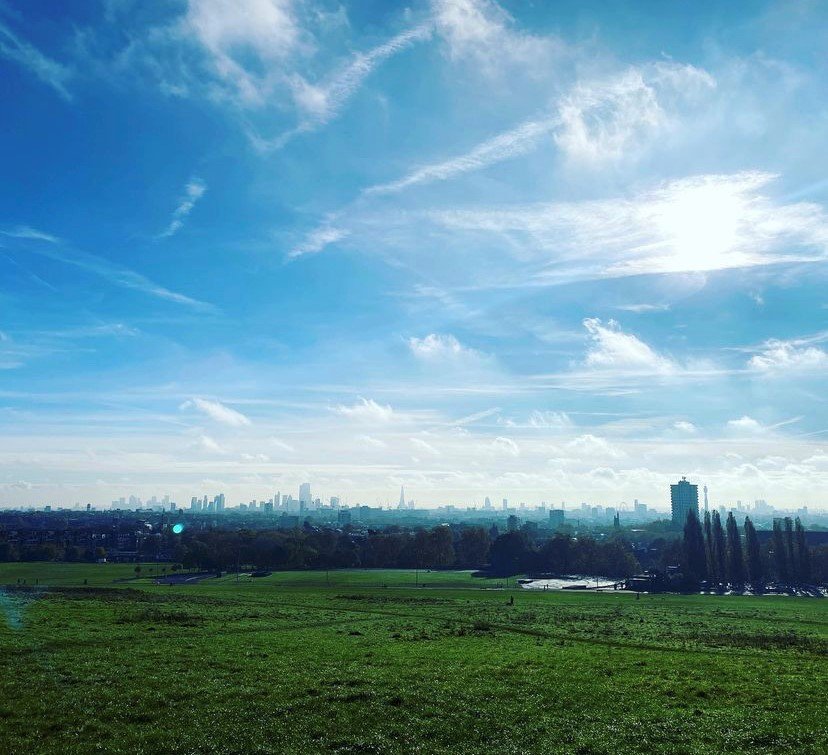Hampstead Heath - 150 years on
Although for most of us 2021 may not seem like an auspicious year, it was a significant one for Hampstead Heath. This year marks the 150th Anniversary of the Heath being protected by the Hampstead Heath Act 1871.
The Viaduct on Hampstead Heath
Crucially, the Act legally passed the Heath from private to public ownership, when parts of it were sold by Sir John Maryon Wilson to the Metropolitan Board of Works after the death of his brother. The Act demands that the Heath is kept “open, unenclosed, and unbuilt on” (Section 12); “cannot be disposed of in whole or in part” (Section 13); “cannot have its turf or trees exploited for profit” (Section 14); and is preserved in “its natural aspect and state” (Section 16). Happily section 18 provides an exemption for “convenient or ornamental” buildings for the accommodation of Heath staff or other public or useful purposes”.
This was cause for public celebration, since Sir George was quarrying the Heath and had been fighting to build villas around its ‘common land’. The Act had ensured the Heath remained a rural retreat for Londoners. Hampstead Heath was saved!
Parts of the Heath were added and protected later: Parliament Hill in 1888, Golders Hill in 1898, the Heath Extension in 1907 and the remainder of Kenwood Estate was bequeathed by Lord Iveagh to the nation in 1928. Numerous individuals and societies negotiated, fundraised and fought to protect these spaces.
A walk on the Heath 150 years ago would have been rather different from today, with commanding views across open fields and heather, scattered with grazing sheep and cattle and further off, St Paul’s Cathedral standing proud on the skyline. However, as these two photos show the Heath in 2021 retains a feel of the past (black and white photo from early 1900s).
From the 19th century recreation become an important lure to those visiting the Heath, with a new railway bringing thousands of Londoners, particularly from the East End, for swimming, fishing and the traditional fairs. As grazing and mixed farming reduced in the 20th century, woodlands have expanded, however much work is carried to maintain the landscape character by the City of London Corporation and English Heritage at Kenwood. Our Conservation Volunteers work actively to restore areas of heather and gorse, and enhance the various habitats to be found here.
The Vale of Health by James Herbert Snell (1861-1935)
In the 150th anniversary of its protection, the Heath has perhaps been more beloved than ever, as an escape from looming lockdowns and a place to connect with the natural world. Our thanks go to the previous generations and all the local groups and Societies who ensured the Heath’s preservation for perpetuity. If you’re interested in getting involved there are many ways you can support Heath Hands conservation efforts on Hampstead Heath.
The 150th anniversary year was marked with celebrations, such as our community festival and the Heath and Hampstead Society’s Kite Festival. You can relive the festival day here and enjoy this short video on why our local community loves the Heath below.





